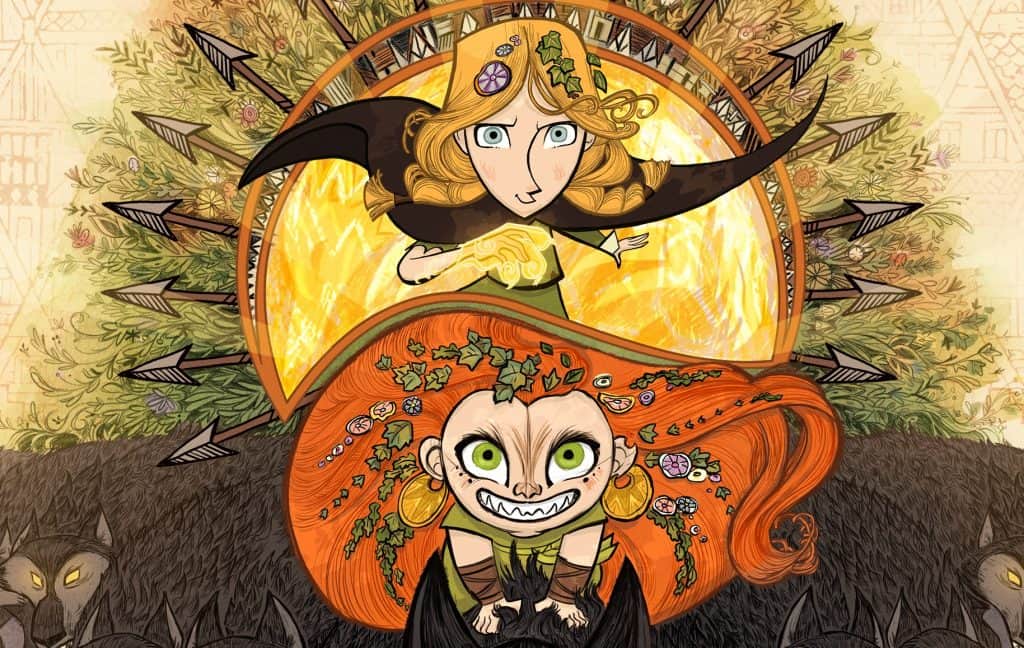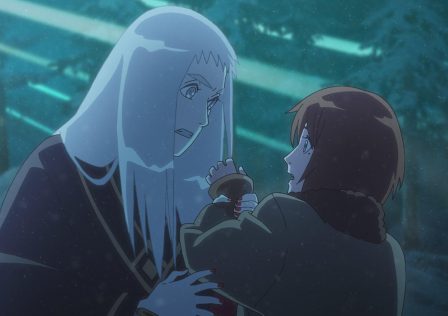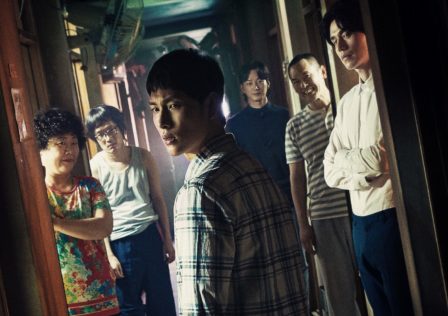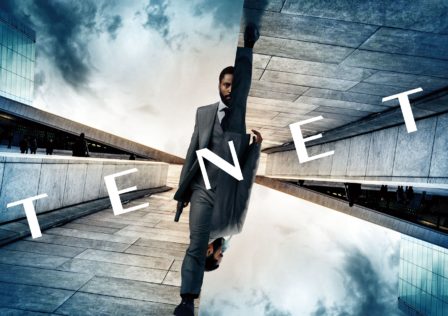2020 has been a year of restrictions, so it’s no surprise that one of my favourite movie scenes of the year would be from Wolfwalkers. Here, two young girls, having transfigured into wolves, spent the night in a joyful sprint across the forest. Scored to Aurora’s beautiful “Running with the Wolves”, the scene is a breathless (or, should I say, a “breath-full”) embracement of utter freedom – of enjoying senses new and undiscovered; of experiencing life untethered.
It calls to mind the many moments in animated film history in which children get a taste of liberty away from the confines of their (usually restrictive) circumstances. In How to Train your Dragon, nerdy Viking Hiccup’s first flight with his dragon pal Toothless signifies both their growing bond and breaking free from the prejudices of their groups. A more similar sequence to Wolfwalkers can be found in Mamoru Hosoda’s terrific Wolf Children, where the titular lupine kids get to shed their human forms, away from the concerns and constraints of the city, to frolic in the snowy plains of the countryside.
I think children and adults can appreciate such scenes because we’re well accustomed to a life of restrictions, some of which often makes little sense, if not downright upsetting. This momentary flight of fanciful freedom is best captured in animation, a medium that is itself defined by freedom. Wolfwalkers embraces this to its fullest – the fluid movements and the shifting art styles that depict the sights and scents of wolfdom entrenches us squarely in the euphoria of our two young protagonists. We’re along for the run, and it’s a liberating feeling.
The power in this scene isn’t just because we get to share in their joy, or simply watching children being unbridled with burden. We’re also watching two young girls temporarily slipping out of their respective cages. For free-spirited Robyn (Honor Kneafsey), her cage is in the form of Kilkenny, Ireland in the year 1650, which societal expectations and rules meant that she couldn’t be more than just a scullery maid. For the feral and rambunctious Mebh Óg MacTíre (Eva Whittaker), it is the march of “progress” and “civilisation” that is encroaching into her forest.
For the two girls, being friends is also an active defiance of their upbringing. Mebh is a wolfwalker – beings who can turn into wolves independent to their bodies when they sleep, on top of healing powers and control over other wolves. Wolfwalkers, as Mebh is told by her mother, keep as little contact with humanity as possible. Robyn, on the other hand, is the daughter of Bill Goodfellowe (Sean Bean), the very hunter tasked with driving off the wolves of the forest. Bill is under the orders of the Lord Protector (Simon McBurney), who sees the forest and the wolves as things to be “tamed.”
Directed by Tom Moore and Ross Steward, Wolfwalkers rounds up Cartoon Saloon’s “Irish Folklore Trilogy”, which began with The Secret of Kells and followed by Song of the Sea. Wolfwalkers feels like the culmination of all of Cartoon Saloon’s feature films, including 2017’s The Breadwinner (set in Afghanistan). These films centre around children fettered to unjust, oppressive circumstances; and set against the backdrop where the identity of the lands – its lore, stories and heritage – have either disappeared or disintegrating.
Setting Wolfwalkers in 1650s Ireland allows the creators to explore the ways in which imperialism eradicates history and people. This is during the English colonisation of Ireland, with the Lord Protector – the film’s villain – being unabashedly modelled after the English statesman Oliver Cromwell.
“Cromwell viewed Ireland as being a wild land full of rebels that lived in the forest, ready to attack, and there were wolves there,” said co-director Ross Stewart in an interview with LA Times.
“And the fact that the Irish people believed in the stories of wolf people, all these fairies and legends… he would have seen it as another reason to completely ‘civilize’ this country.”
Wolfwalkers depicts the far-reaching effects of imperialism on land, history and people. The Lord Protector cuts down trees, and sees wolves as something to control and tame. People who challenge his ideals, or speak openly of fairies and magic, are prosecuted. Gender roles are rigid and puritanical – women like Robyn are expected to work as cleaners and cooks. “Work is prayer,” Bill would tell Robyn, a mantra that feels more like a slaver’s whip.
But perhaps the most heartbreaking is watching how children are subjected to it. Bill, who is caring, loving and kind towards Robyn, still forces his daughter to submit and obey because he believes it’s the only way to keep her safe. His increased aggression towards Robyn’s free-spiritedness is not due to anger, but fear. We also observe how the children of the city worship the ideals of the Lord Protector, indicating the direction of future generations.
This strikes a particularly loud chord with me, a Malaysian. When Western nations colonised Southeast Asia, it brought with them Western ideals that eroded many of the region’s practices and beliefs, some of which may be considered progressive today. Many Southeast Asians now, including Malaysians, consider LGBT issues a Western import. What was mostly forgotten in the annals of time were the ways several Southeast Asian cultures view gender as a whole.
The Bugis people, who live mainly in Sulawesi, believe in five genders (including LGBTI people). The most important among them are the bissu – an order of spiritual leaders (or priests) that are both woman and man. By bringing woman and man together in one person, the bissu can mediate between humans and gods.
In Malaysia, there were transgender people known as sida-sida, who were similarly considered a combination of female and male properties that grant them spiritual power, and thus entrusted to protect high-ranking women and their regalia on palace grounds. Among the Iban people of Borneo are the manang – transgender ritual specialists famous as dispute settlers.
In 2018, then Malaysian Prime Minister Mahathir Mohamad claimed that LGBT rights are “Western values”, forgetting that — prior to Western colonisers and the Japanese occupation — the Malay archipelago was occupied primarily by Hindu-Buddhist kingdoms, in which ideas on sex, gender and sexuality are more expansive than the binary conception we have today. In fact, as this article by Bryan Cheah published in Imagined Malaysia Review explores, Malaysia has a rich and varied LGBTQ history.
Malaysia achieved its independence in 1957, yet the shadow of its colonisation remained. The British left what Cheah describes as its “biggest legacy as Malaysia’s final coloniser” — Section 377A of the Malaysian Penal Code, which serves to proclaim the illegality of homosexuality. As Enze Han, author of British Colonialism and the Criminalization of Homosexuality wrote, such laws “changes the social-normative views of gay sex”.
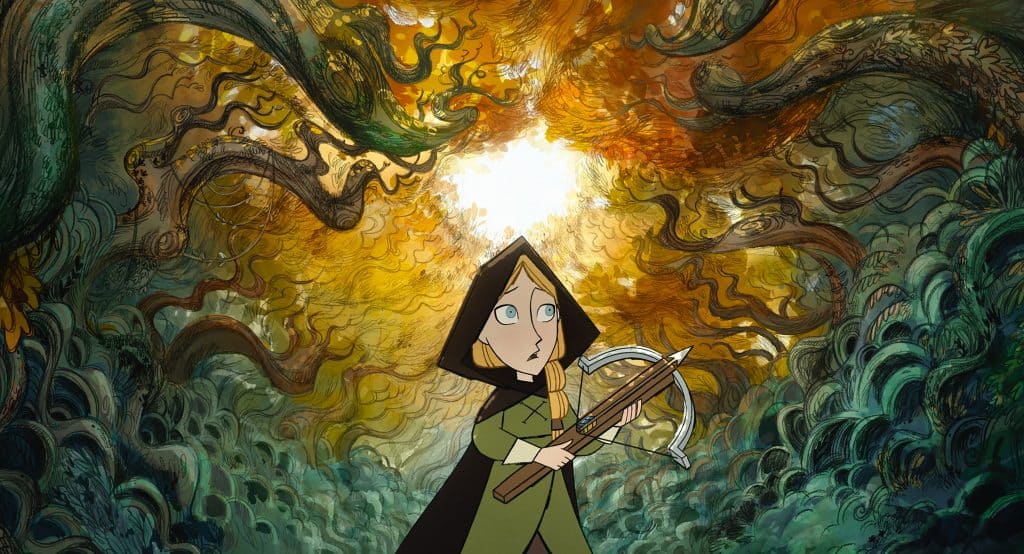
Of course, as Cheah points out, it’s alluring to heap all the blame on our Western colonisers — the Syariah Law, which forms the second part of Malaysia’s dual legal system, also serves to directly punish same-sex sexual acts. What is saddening, perhaps, is knowing that the country now mostly forgets its rainbow history.
Much has changed in the decades following Malaysia’s independence. In the state of Kelantan, specialised villages that served as residences for male same-sex couples used to exist, most of whose careers were as transvestite performers for a dance-drama called Mak Yong. The state eventually imposed a two-decade ban on Mak Yong theatre, only finally lifting it with the caveat that future performances have to be “Syariah compliant”. The same goes for other traditional performances in the country, including shadow puppetry, or wayang kulit. The country’s tradition and art are forever altered, and one wonders what will be lost in time.
In other words, imperialism never truly left Malaysia. It just took on other forms — groups of people within the country reinforcing their values as superior while attempting to erase those who do not conform.
This is exactly why stories like Wolfwalkers are important. Said director Tom Moore in the LA Times interview:
“The stories we were telling in Ireland were a threat to the story of the expanding British Empire, and so they needed to squash that way of seeing the world. They extinguished the wolves and fairly well extinguished that belief system. The connections to a lot of those stories have died off. And that’s why we sort of thought it was important to reimagine the stories for another generation, because we are the stories we tell ourselves about ourselves, for better or worse.”
Malaysia, and Southeast Asia as a whole, needs more stories of its land and people. As I write this, Disney has released Raya and the Last Dragon on Disney Plus and theatres across the world.
As a big-budget animated movie inspired by Southeast Asian myths, lore and aesthetics; and having been developed by writers of Southeast Asian descent, with the help of a Southeast Asian story trust, it now stands as the beacon of the region’s representation in the global stage. But this a movie that also flattens the many and varied cultures of the region into a series of cultural and visual Easter eggs.
We need to tell our own stories. And, as Wolfwalkers’ ending shows, the harmonious merging of different beliefs and cultures can result in something beautiful. We need to be running with our wolves.
Also published on Medium.

makes it a life goal to annoy everyone with random Disney trivia. When he’s not staring at a screen or holding a controller of some sort, he is thinking about curry noodles. Like right now.
